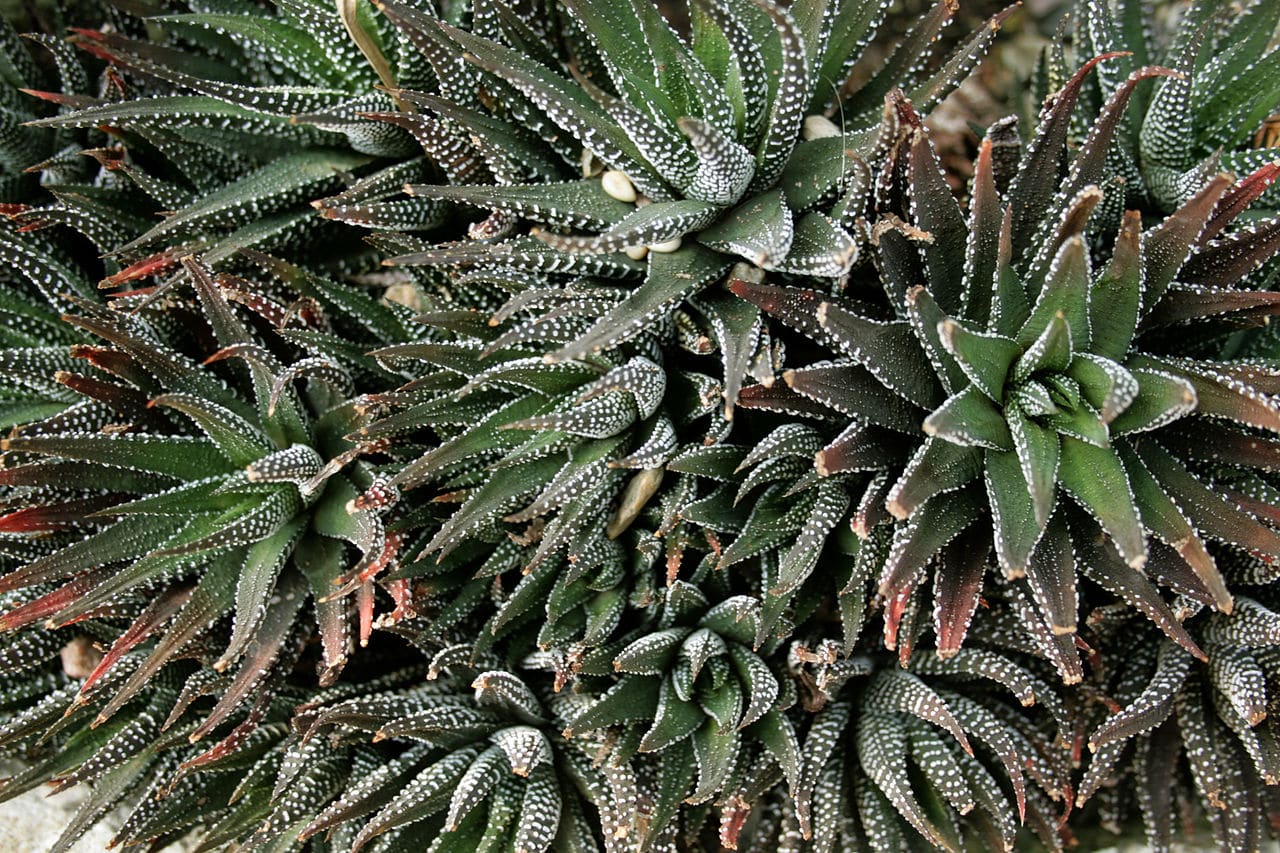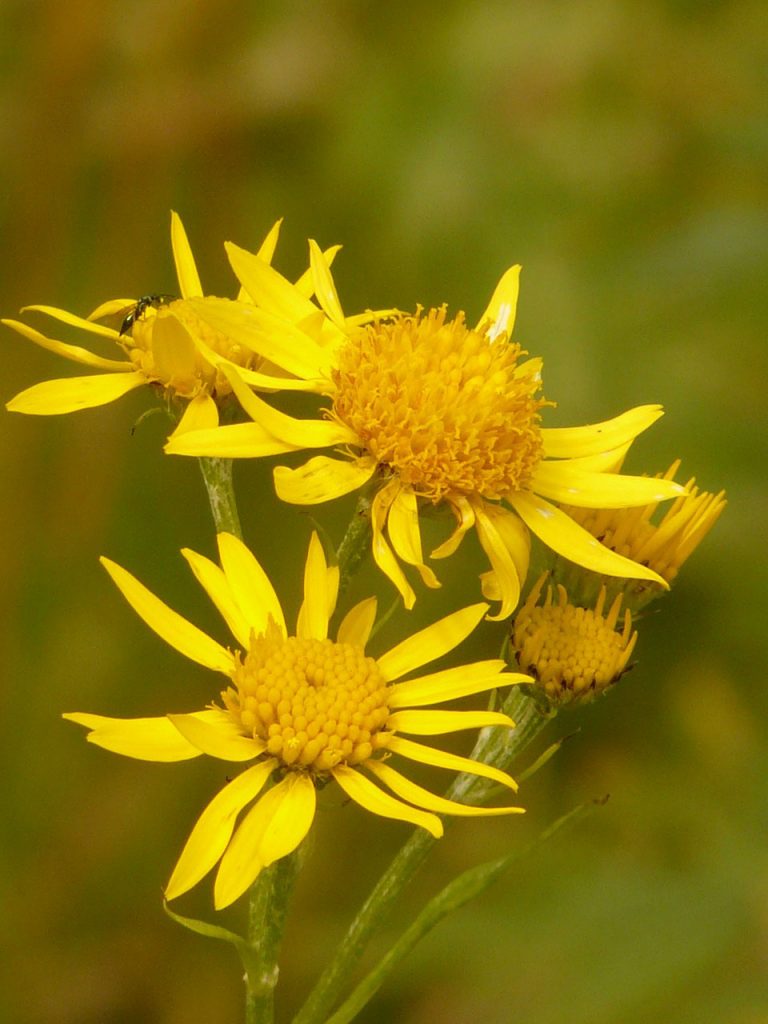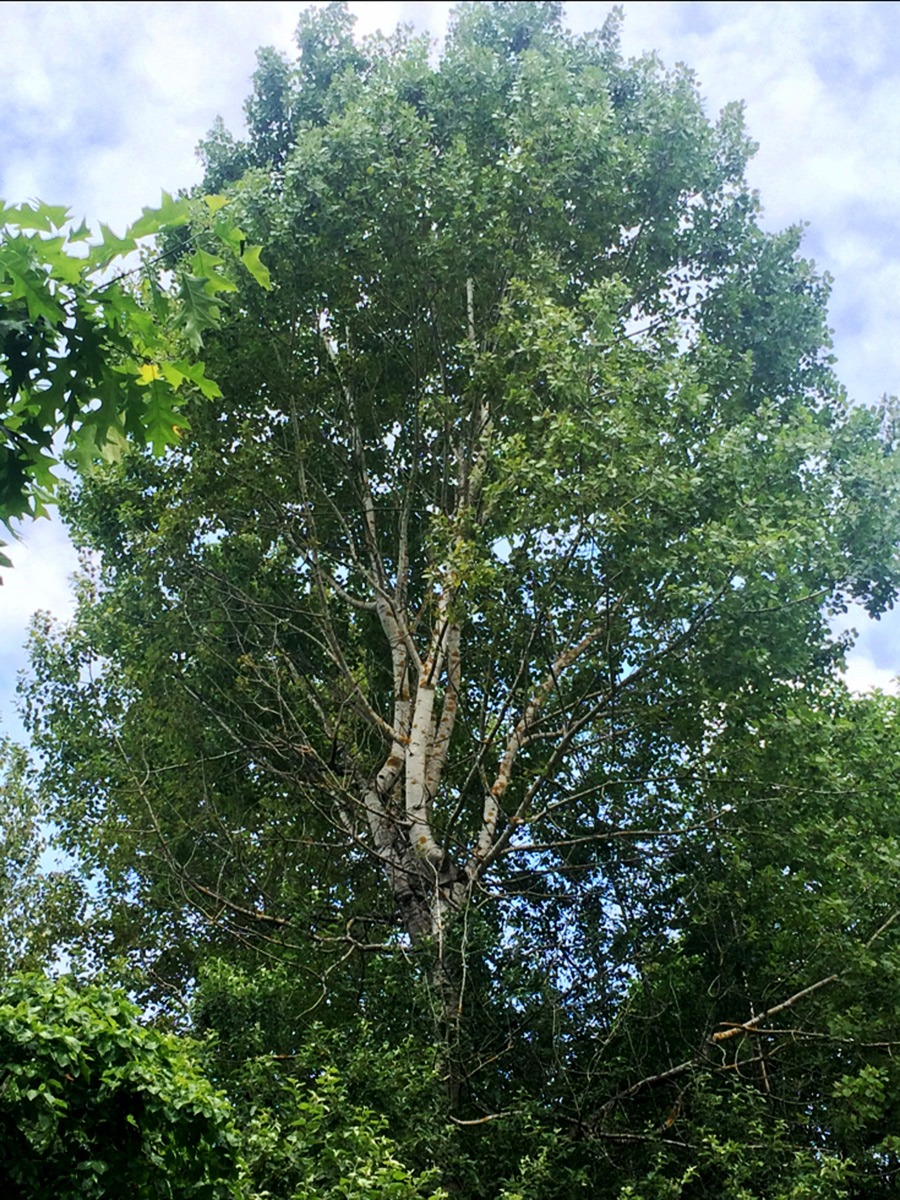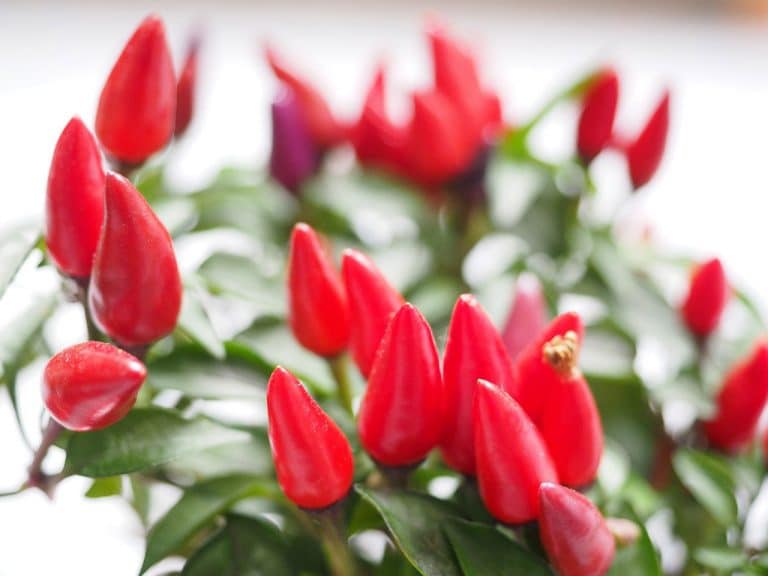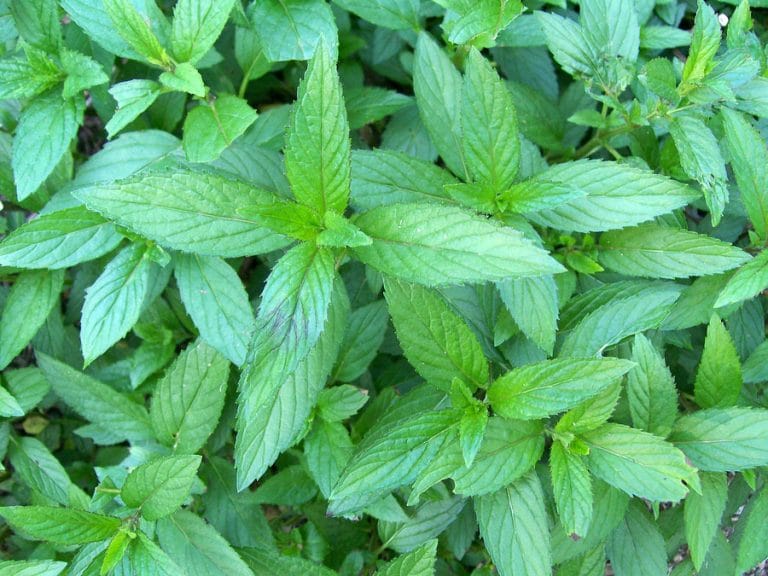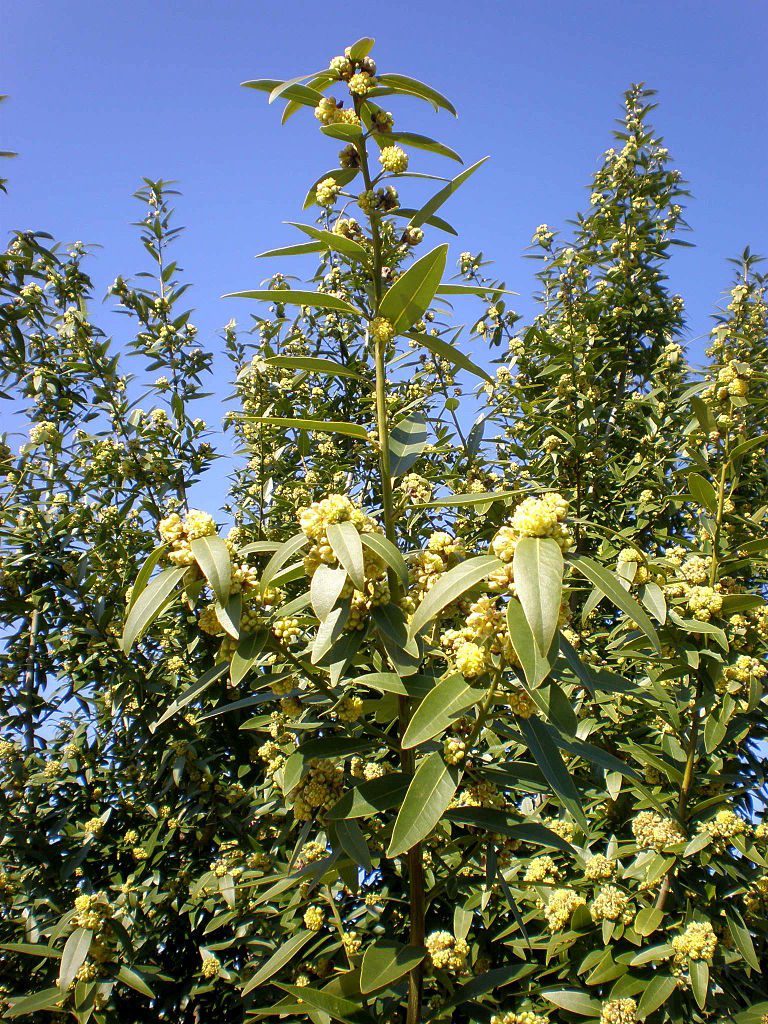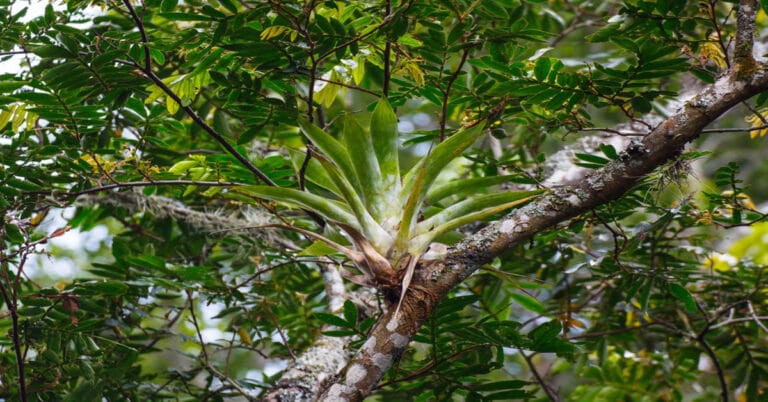Haworthia Attenuata
Scientific Classification
| Kingdom: | Plantae |
| Clade: | Angiosperms |
| Clade: | Monocots |
| Order: | Asparagales |
| Family: | Xanthorrhoeaceae |
| Subfamily: | Asphodeloideae |
| Genus: | Haworthia |
| Species: | H. Attenuata |
| Binomial name: | Haworthia Attenuata |
Haworthia Attenuata is otherwise normally called “Zebra Haworthia”. This is a tiny variety of succulent pant hailing from South Africa in the Eastern Cape Province. Among the Haworthia varieties this plant is often planted for decorative purposes.
History
It is at the beginning of the 16th century where Haworthia plants were initially referred to; it was the time when the European colonists were conducting research on the botanical assets of the Southern provinces of Africa. In the initial stages, explorers carried Haworthia plants along with them to Europe, where, perhaps, it was cultivated for about 400 years. We get them without much difficulty from the garden centers, stores and also from the floral sections in the grocery stores. We also get exceptional odd varieties from succulent plant garden centers. In Japan, the rare varieties of horticulture fetch exorbitant prices. Haworthia plants possessing either colors or specially marked forms fetch dollars amounting to hundreds; structures that are appealing and more usual costs almost some dollars.
Anatomy
These small succulent Haworthia plants form decorative leaves of diameter 3 cm (1.2 in) and unusually 30 cm (12 in) which depends a lot on their variety. These decorative leaves are normally without a stem; however, in certain varieties they have stems which are 50 cm (20 in) long. In Certain varieties of inflorescence, their height surpasses 40 cm (16 in).. The plants are capable of growing alone or in the form of clumps. Most of these types of plants possess rigid, plump, and sturdy foliage. They are normally colored deep green, while some other types are soft and have a translucent panel of leaves with windows that allows penetration of the sunlight to contact the tissues of photosynthesis internally. The blossoms of these plants, depending on their varieties, are white and tiny. However, their leaves seem to vary even in a single variety.
Habitat
The majority of the varieties is indigenous to the continent of South Africa, in the Southern West Cape. You can come across large and diverse varieties. Certain varieties on the other hand spread through the adjoining provinces, of Southern Namibia, Southern Mozambique (Maputaland) as well as in Swaziland.
Growing at Home
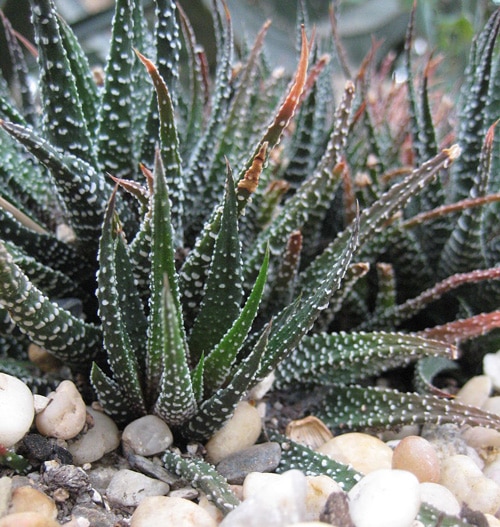
Haworthia Attenuata – Photo by: Claire H.
Soil for Planting
Similar to other succulent plants, the Haworthia plants never prefer their roots to stay wet for a considerable amount of time, therefore, ensure that the mixture of soil is properly drained. Mix a good variety p potting soil available in the market with the same quantity of material that drains well.
Never prefer sand, it is very fine grained, which gets the pores clogged. In case you prefer a soil of peat-base, take care that the peat is decomposed properly. Certain Haworthia grow gradually, they remain in the same pot for some years.
Watering
Watering monthly once is sufficient for a plant to survive, but in order to have it flourish; you need to water it to a minimum of once every two weeks. It tolerates poor watering; however, excess watering decays the plant easily. During the summer season, it is essential that you water.
Your Haworthia liberally and with evenness, permitting the soil medium to get dry intermittently during watering. During the winter season restrict watering to alternate months. Avoid collection of water at the rosette.
Temperature:
Even though certain Haworthia affords to tolerate mild frost to some degrees for a limited time, never go for it. They grow well when the temperature is around 75 F to 90 F. In case the soil is not wet for a considerable period, then Haworthia tolerates temperatures less than 40°F. and if the Haworthia is kept in shady places with sufficient air circulation, then they survive at temperatures below 100 F.
Humidity
Not of concern.
Pests and Disease
Normally the Haworthia plants are not affected by pests. Mealy bugs are an exception, they are likely to arise frequently; however, remove them physically; it is a way round the problem. If not, use the normal insecticides. The disease that is frequently observed is rotting of the roots resulting from weak soil or the excess of dampness. At times this rotting of the roots creeps to the stem and destroys the whole plant.
Uses
These perennial plants are adapted to grow in hot houses or in temperate zones. Where the climate is free of frost, you can grow the plant outdoors. This Haworthia plants are ideal for growing in the greenhouse, rockeries, and desert gardens and also as indoor plants.
The perennials are suited for cultivation in a temperate zone and hot house. Growing the plants outdoors all year round is only possible in frost-free climates.

Having discovered a fondness for insects while pursuing her degree in Biology, Randi Jones was quite bugged to know that people usually dismissed these little creatures as “creepy-crawlies”.

